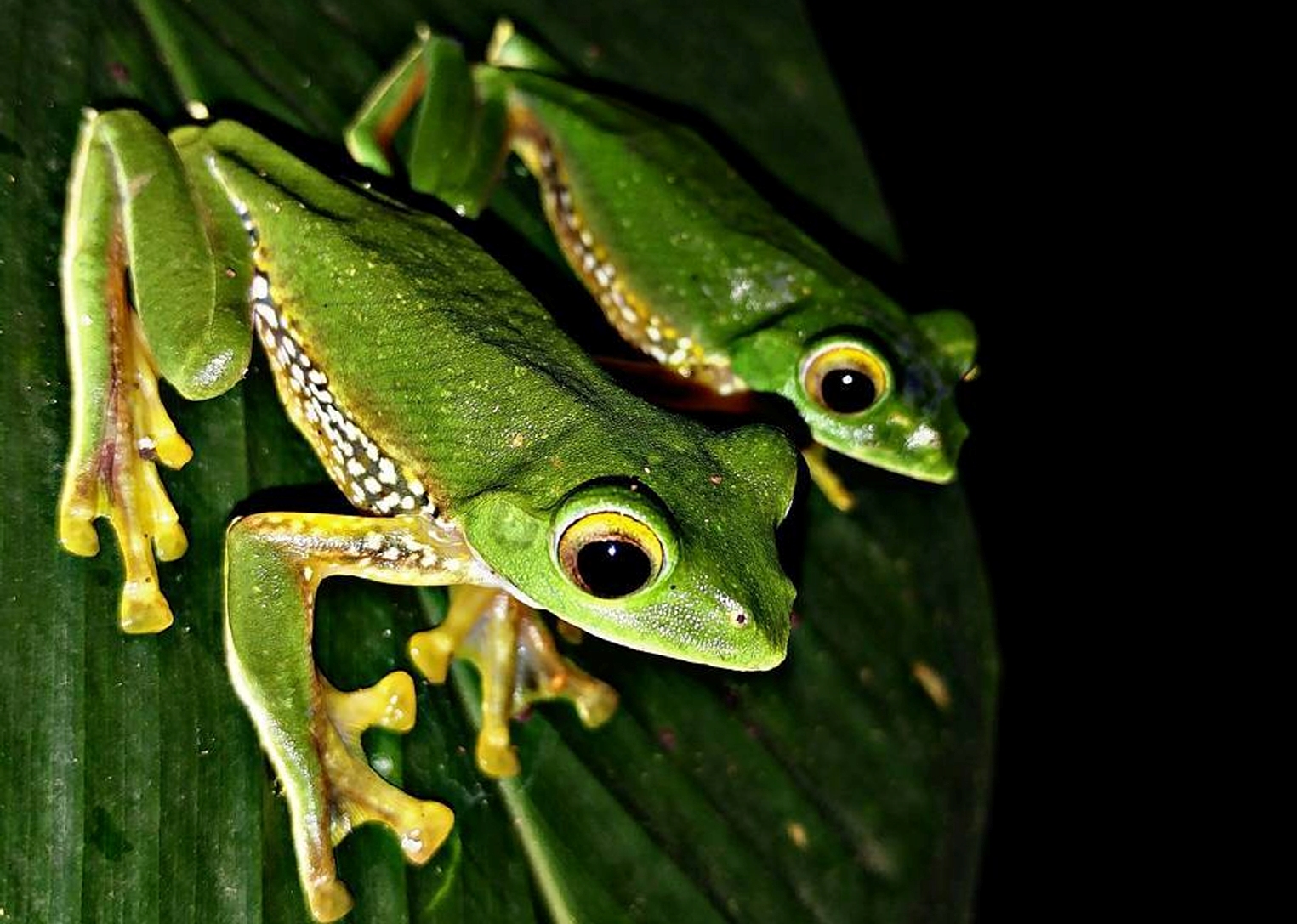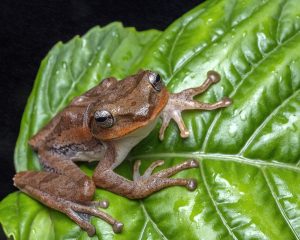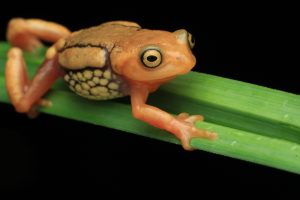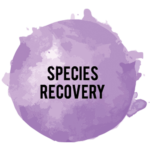
Project Info
Project Description
Amphibians have overtaken reptiles as the most threatened taxa in the IUCN Red List of species with an unmitigated decline through the past decades. Despite India’s 7th rank in amphibian species richness, there is no focus on active conservation action to arrest this decline.
In India, Munnar in the Western Ghats is identified as one of the Key Biodiversity Areas (KBA), an Alliance for Zero Extinction site, an area of high irreplaceability owing to the presence of many threatened amphibians, not just within Protected Areas but the agricultural ecosystem that surrounds it, support much critical amphibian population.

However, amphibians of Munnar face challenges similar to those on a global scale such as habitat loss, chemical pollution in hill streams, and degradation of wetlands. Besides these, local myths perpetuating negative attitudes towards amphibians have led to reduced conservation support from stakeholders.
Most conservation initiatives in the Munnar landscape are directed towards charismatic megafauna with no attention to amphibians. No local or national legislation exists to protect these amphibians, even though there are fourteen Western Ghats endemic and threatened amphibian species in the Munnar landscape. With 41% of known amphibians threatened with extinction according to the IUCN Red List, critical attention and on-ground conservation, action is indispensable for the sustenance of these amphibians.
What do we plan to do?
Through WTI’s Big Idea of Species Recovery, the project will initiate and sustain on-ground conservation action to recover the population of threatened amphibians.
There are two critically endangered frogs Raorchestes munnarensis and Raorchestes griet that are found only outside PAs. Besides these, there are three other critically endangered, two endangered and vulnerable, six near threatened and seven that are not evaluated, and all of them are endemic.

The overall aim of the project is to arrest the decline of at least three threatened Western Ghat amphibian species through a coherent, sustainable program of threat mitigation through strategically planned conservation action, capacity development, and training, advocacy and information sharing implemented by a stakeholder network.
The project will create baseline data about the population and distribution of amphibians, have holistic conservation action planned and implemented by studying the scenario and in collaboration and participation of all the stakeholders, assist and contribute to green list status assessment, towards achieving the overall goal of having a viable and functional amphibian population in Munnar.
WTI intends to improve the population of these amphibians, by addressing the challenges that cause the risk of extinction through multi-pronged strategies that involve addressing the knowledge shortfall on the status and habitat of the targeted species, identifying threats and specific causes of population decline to recovery measures. The project is initiated across the Munnar landscape targeting but not limited to the following species:
| Rhacophorus pseudomalabaricus | Anaimalai Flying Frog/ False Malabar Gliding Frog |
| Raorchestes resplendens | Resplendent shrub frog |
| Nyctibatrachus poocha | Meowing Night Frog |
| Nyctibatrachus deccanensis | Deccan Night Frog |
| Beddomixalus bijui | Kadalar Swamp Frog |
To achieve long-term and sustainable action towards conserving the amphibians in India, there is a need for better-trained individuals who can use their expertise to further the conservation of amphibians in India. WTI also plans to develop a Conservation Hub in the Munnar landscape, to further the amphibian conservation initiatives, along with showcasing other wildlife conservation projects in the landscape where Wildlife science graduates trained well in amphibian ecology, monitoring and understanding of emergent diseases can build capacity in planning and executing conservation action projects.
PARTNERS: Kanan Devan Hills Plantations (KDHP), Synchronicity Earth and Kerala Forest & Wildlife Department.
PROJECT LEAD: Dr. Harikrishnan S









